BTEC Level 3 Information Technology
Curriculum overview for BTEC Level 3 Information Technology
Curriculum intent – the knowledge, understanding and skills that students will learn
This qualification is intended for post-16 students who want to study Information Technology with a view to continuing with IT related courses in Higher education or go on to work in an IT industry or progress to a wide range of higher education courses, not necessarily in IT. It is designed for students who are interested in an introduction to the study of creating IT systems to manage and share information. Students will gain a common core of IT knowledge and study areas such as the relationship between hardware and software that form an IT system, the managing and processing of data to support a business and how IT is used to communicate and share information and the challenges and risks this entails. They will develop skills in IT systems, systems management, using databases, spreadsheet and social media. The qualification also helps students develop employability skills. They practise cognitive and problem solving skills using critical thinking and learn to approach non-routine problems by applying expert and creative solutions, as well as their knowledge of systems and technology. The set tasks also allow students to grow their intrapersonal skills by having to communicate, work collaboratively, negotiate, influence and present their own work. They also need to use their interpersonal skills to self-manage and self-monitor and show adaptability, resilience and development.
Curriculum implementation – teaching, learning and assessment strategies
We make full use of the Microsoft Teams learning environment to distribute our learning content every lesson and to collect homework and exam coursework. In Year 12, students complete one external unit on databases which is examined in May and one internal coursework unit on social media. Year 13 units are started as from June of Year 12. They cover the external examination on IT systems taken in January of Year 13 and the second internal coursework unit on spreadsheets. Our teaching and learning pedagogy makes use of didactic presentations interspersed with individual, as well as group work, to research and carry out practical tasks which precede or follow the introduction of theory. We also use flipped learning when students are asked to review a specific topic by themselves or by viewing guided resources, before the topic is covered in the next lesson. In theory lessons, students make notes in their exercise books and we ask them to memorise key terms and concepts which we assess through a variety of activities including multiple choice quizzes, vocabulary and definitions tests, matching and crosswords exercises, closed and open exam questions. In practical lessons, students first develop their software skills to carry out specific tasks and are soon given scenarios so they can apply their learning to a specific context. Students are thus required to create their own solution to the problem(s) set in the scenario. Students are then asked to review their solution and further improve it, using teacher, peer or self-feedback. During class discussions and exam question practice, we teach students to systematically draw on keywords and facts taken from across the specification and require students to revisit these frequently at every opportunity, in class and as part of home learning. We expect students to seek and make use of video tutorials to continue developing their practical skills at home, independently and to use our reference resources in Teams, the “Know It All” Ninja website for Unit 1 and our printed topic booklets to support independent practice and learning.
Curriculum impact – intended outcomes for students
By the end of the BTEC Level course, students will develop intermediate and advanced database and spreadsheet skills. They will also be able to demonstrate knowledge and understanding of information technology terms, standards, concepts and processes; make connections between the application of information technologies and procedures to explore likely outcomes and find solutions to problems in context; analyse and evaluate information, technologies and procedures in order to recommend and justify solutions to IT problems; demonstrate knowledge of database development terminology, standards, concepts and processes; develop a database solution to meet a client brief and analyse information and test results to optimise the performance of this solution; evaluate evidence to make informed judgements about the success of the database solution’s design and performance; understand how data modelling can be used in the decision-making process and know how to design a data model to meet client requirements and evaluate its design and performance.
Course overview for BTEC Level 3 Information Technology
Exam board: Pearson BTEC
https://qualifications.pearson.com/content/dam/pdf/BTEC-Nationals/Information-Technology/2016/specification-and-sample-assessments/specification-pearson-btec-level-3-national-extended-certificate-in-information-technology.pdf
Coursework: Yes – 42%
Examination
Unit 1: Information Technology Systems 33% of the qualification
Unit 2: Creating Systems to Manage Information using the database software Microsoft Access 25% of the qualification
Part A: Students are provided with a brief to complete five database activities
Part B: Students are provided with a brief to complete three database activities
Coursework
Unit 3: Using social media in Business 25% of the qualification
On-going assessment. Final marks are submitted in May of Year 12
Learning Aim A: Completed during the Autumn term of Year 12
Learning Aim B and Learning Aim C: Completed during the Spring term of Year 12
Unit 5: Data modelling 17% of the qualification
On-going assessment. Final marks submitted in May of Year 13
Learning Aim A: Completed during the Autumn term of Year 13
Learning Aim B and Learning Aim C: Completed during the Spring term of Year 13
